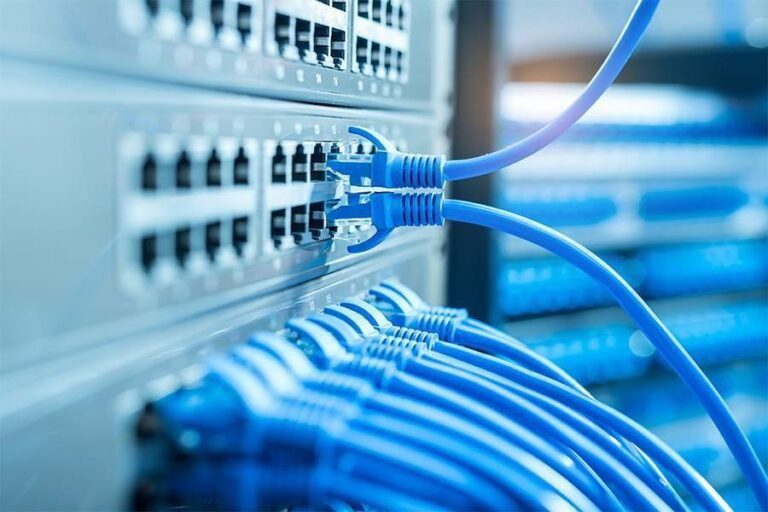The Power of Bots: Why 5G Needs RPA Powered Revenue Assurance

13 JUNE 2019
As 5G ramps up, industry analysts, carriers and customers alike are basking in the prospects of the exciting new services, devices, and business models that the 5G era will herald. It’s estimated that with 5G, data traffic will explode to an estimated 4.8 zettabytes by 2022. However, this explosion in traffic will also bring an explosion of complexity and number of transactions that revenue assurance and fraud departments will need to manage. While carriers have been focused on upgrading their networks to 5G, many of the back-office BSS processes, if not also upgraded, will quickly become a costly bottleneck.
Today, revenue assurance is at a tipping point. A typical tier-1 carrier billing department is processing hundreds of billions of records per day, and hundreds of hours are spent manually processing invoices, conducting revenue assurance, fraud detection and cost management audits, managing dispute filings and generating reports. However, as revenue assurance teams move from working in voice minutes, SMS and data – to supporting new charging models and services, an evolving ecosystem of new partners, and SLAs with dynamic pricing based on connectivity (always on vs on-demand), time of day, asset or traffic prioritization, and multiple rate plans, maintaining the status quo of manual invoice processing is not realistic in today’s business environment. This is where the power of Robotic Process Automation (RPA) comes to the forefront in any carrier’s 5G revenue assurance strategy.
The Power of Robotic Process Automation
RPA, an emerging form of business process automation technology, is based on the notion of software robots (bots) or artificial intelligence (AI) workers. While the concept has been around for a long time in the way of traditional automation, RPA has rapidly been taking shape over the past few years and has the potential to transform revenue assurance as we know it. First introduced with screen scraping data from applications, the process of programmatically collecting or extracting data from a screen display to use with another application, today’s RPA expands on this initial form, using image and pattern recognition algorithms to observe and learn from human performance. Spanning across several applications, RPA learns to repeat human oriented tasks directly in a GUI, as if it was an actual person performing the same mouse clicks and key strokes.
Unlike earlier forms of automation, this advanced technology provides the potential to change the way we do business. Robotic process automation, or bots, can play an important role in performing tasks at a mass scale, much faster than any human is capable, providing business benefits such as:
- Improved business efficiency
- Elimination of human errors resulting from fatigue or lack of knowledge
- Reduction of manual labor costs and always-on (24/7/365) availability
- High-value expert resources can focus on high-impact activities
- Augmentation of existing systems and processes
Why Revenue Assurance and Cost Management are a good fit for RPA
In the past, macros or computer scripts were written to automate some cost management and revenue assurance tasks. However, macros are limited to just one application. With RPA, staff can jump between windows and applications and combine data from a variety of sources – beyond where macros would typically reside. Beyond a single department, bots can travel across multiple lines of business to uncover hidden costs and stranded assets and reduce the potential for error. Additionally, by applying further intelligence from deep-seeded knowledge, bots can handle the complexities of exceptions and error messages. As operators work across 100s of technology domains and apply network slicing, the need to automate to ensure invoices are managed accurately is necessary.
The Future of 5G Revenue Assurance
The introduction of automation and analytics is empowering telecommunications companies with greater efficiency and accuracy. Network cost management and revenue assurance is just one such area, where deep industry knowledge supplements the pattern and image recognition of RPA, thus increasing the ability to quickly move through repeated processes and allowing staff to focus on other high-value tasks. Looking ahead, we see a future where revenue assurance uses RPA to automatically detect and correct billing errors before they appear on a customer invoice, essentially enabling the company’s OSS/BSS systems to become fully self-healing, maximizing revenue and minimizing fraud automatically.
TEOCO’s cost management service currently processes over $3 Billion in network cost invoices every month, resulting in an average of 5-12% annual costs savings for our carrier customers. Investment in leading technologies, including RPA, and data-driven cognitive technologies like Machine Learning/Artificial Intelligence and Natural Language Processing, are all part of TEOCO’s longstanding commitment to drive innovation in the industry and help our customers improve the customer experience, gain new insights into their business, and reduce operational costs by providing the outsourced cost management expertise they need to succeed.
If you are interested to learn more about TEOCO’s cost management services and how our investments into the latest technologies can improve your revenue assurance and cost management goals.






